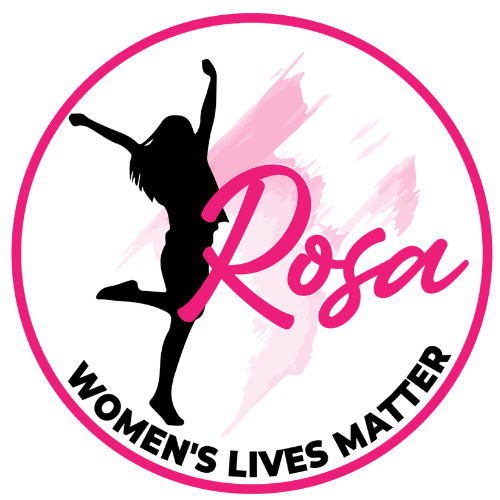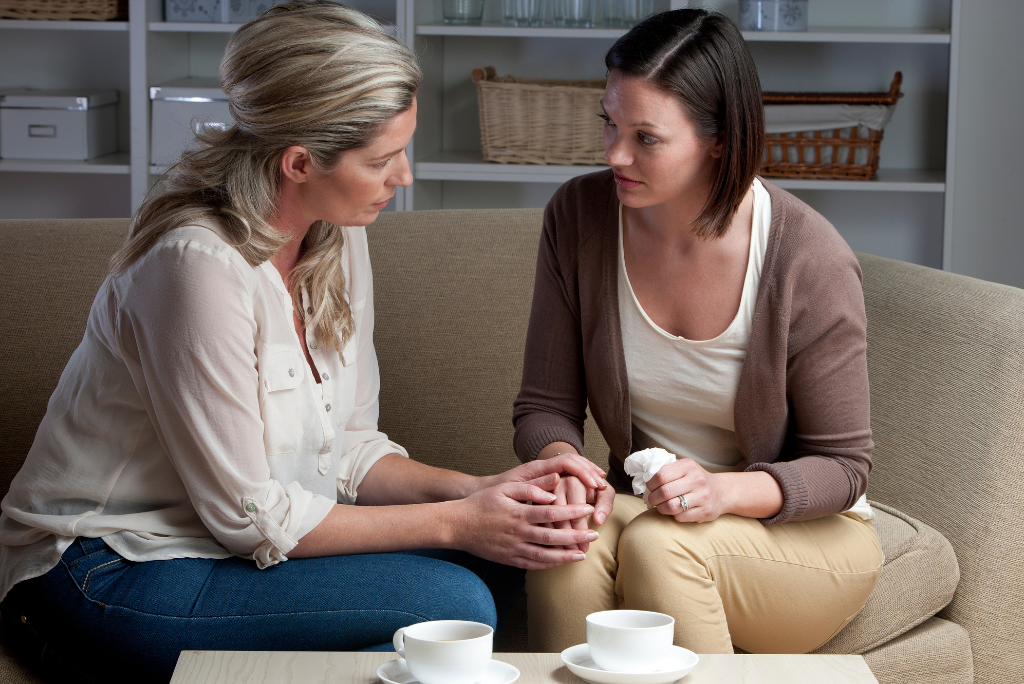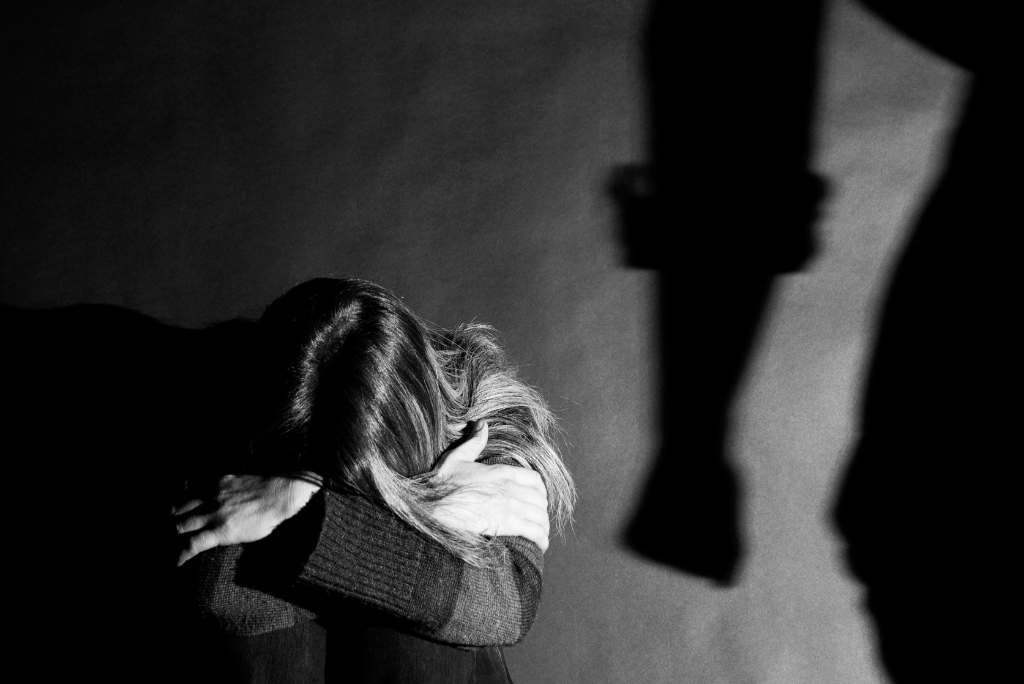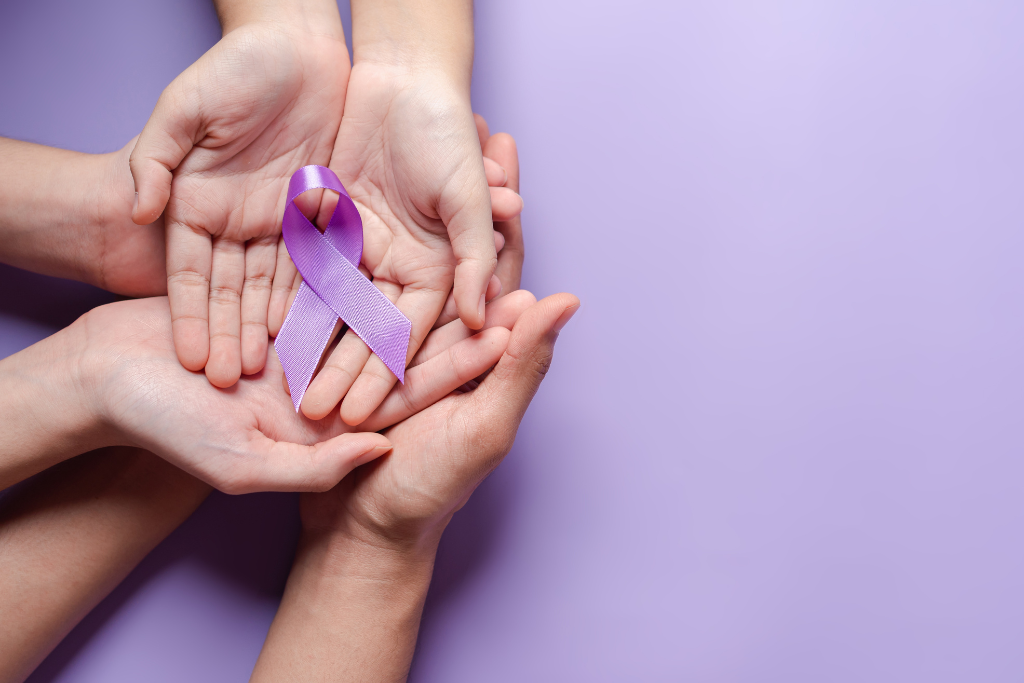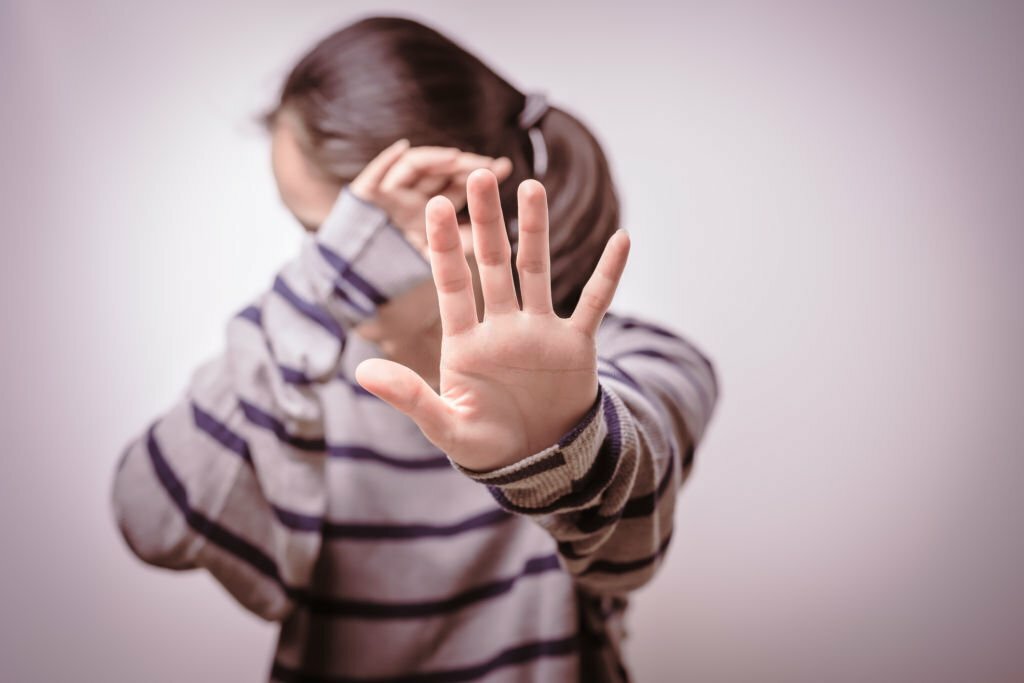Physical Abuse refers to any deliberate use of physical force that causes harm or injury to a partner. Here are some key aspects of physical abuse:
Types of Physical Abuse:
- Hitting: Striking a partner with an open hand or a closed fist.
- Slapping: Using an open hand to strike the face or other parts of the body.
- Punching: Delivering forceful blows with a closed fist.
- Kicking: Using one’s foot to inflict harm.
- Striking: General physical attacks, which can include pushing, shoving, or hitting.
- Choking: Applying pressure to the neck or throat, restricting airflow.
- Using Objects as Weapons: Employing items such as belts, sticks, or other objects to cause harm.
- Assaulting: Engaging in violent behavior that causes injury.
Visible and Less Visible Harm:
- Visible Bruises or Injuries: Physical abuse often leaves visible marks, such as bruises, cuts, or broken bones.
- Internal Injuries: Sometimes, the harm caused by physical abuse is internal. It may affect organs, bones, or tissues without leaving visible signs.
- Long-Term Health Problems: Repeated physical abuse can lead to chronic health issues, including pain, disability, or mental health conditions.
Impact on Victims:
- Victims of physical abuse may experience fear, anxiety, and trauma.
- The cycle of abuse can erode self-esteem and create a sense of helplessness.
- Long-term effects may include chronic pain, post-traumatic stress disorder (PTSD), and other health complications.
It is crucial to recognize physical abuse and seek help. If you or someone you know is experiencing physical abuse, consider reaching out to a trusted friend, family member, or a professional support organization. Remember that no one deserves to endure such harm, and there are resources available to assist those in need.
